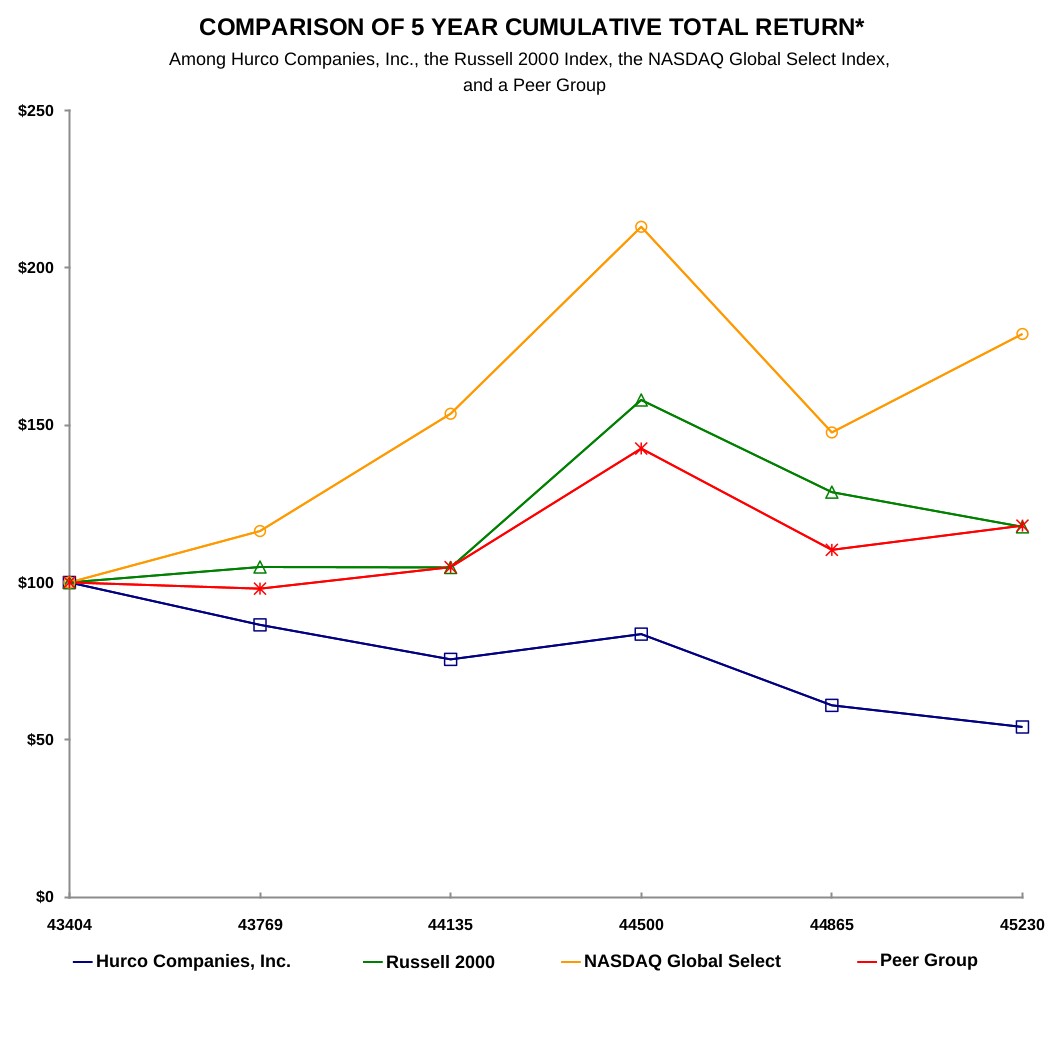Disruptions in our manufacturing operations or the supply of materials and components could adversely affect our business, results of operations and financial condition.
We depend on our wholly owned subsidiaries, HML, NHML, Milltronics, and LCM, to produce our machine tools and electro-mechanical components and accessories in Taiwan, China, the U.S., and Italy, respectively. We also depend on our 35% owned affiliate, HAL, and other key third-party suppliers to produce our computer control systems and key components, such as motors and drives, for our machine tools. An unplanned interruption in manufacturing or supply, or a significant increase in price from third party suppliers, would have a material adverse effect on our business, results of operations, and financial condition. Such an interruption or increase in price could result from various factors, including a change in the political environment, such as trade wars or tariffs, military conflicts, a natural disaster, such as an earthquake, typhoon, or tsunami, or vulnerabilities in our technology or cyber-attacks against our information systems, such as ransomware attacks. Any interruption in service by one of our key component suppliers, if prolonged, could have a material adverse effect on our business, results of operations and financial condition. In addition, we may not be able to establish additional or replacement suppliers for such components in a reasonable period of time, or on commercially reasonable terms, if at all, which could result in delays or interruptions in our operations, which would adversely affect our business, results of operations and financial condition.
Fluctuations in the price of raw materials and other inputs, especially steel, iron, and energy, could adversely affect our sales, costs, and profitability.
We manufacture products with a high iron and steel content. The availability and price for these and other raw materials, as well as for other inputs such as energy, are subject to volatility due to worldwide supply and demand forces, speculative actions, inventory levels, exchange rates, production costs, anticipated or perceived shortages, geopolitical relationships or conflicts, and tariffs or other trade restrictions. In some cases, those cost increases can be passed on to customers in the form of price increases, in other cases, they cannot. If the prices of raw materials and other inputs increase and we are not able to charge our customers higher prices to compensate, our results of operations would be adversely affected.
The unanticipated loss of current members of our senior management team and other key personnel may adversely affect our operating results.
The unexpected loss of members of our senior management team or other key personnel could impair our ability to carry out our business plan. We believe that our future success will depend, in part, on our ability to attract and retain highly skilled and qualified personnel. The loss of senior management or other key personnel may adversely affect our operating results as we incur costs to replace the departed personnel and potentially lose opportunities in the transition of important job functions.
Acquisitions could disrupt our operations and harm our operating results.
We actively seek additional opportunities to expand our product offerings or the markets we serve by acquiring other companies, product lines, technologies, and personnel. Acquisitions involve numerous risks, including the following:
• | difficulties integrating the operations, technologies, products, and personnel of an acquired company or being subjected to liability for the target’s pre-acquisition activities or operations as a successor in interest; |
•diversion of management’s attention from normal daily operations of the business;
•potential difficulties completing projects associated with in-process research and development;
• | difficulties entering markets in which we have no or limited prior experience, especially when competitors in such markets have stronger market positions; |
•initial dependence on unfamiliar supply chains or relatively small supply partners;
•insufficient revenues to offset increased expenses associated with acquisitions; and
